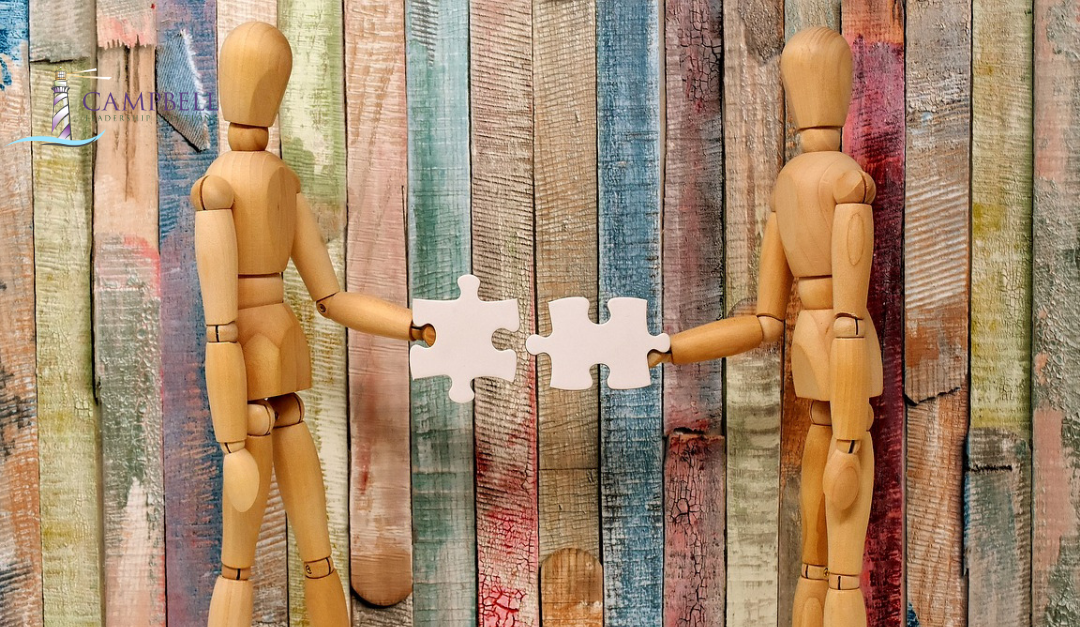I have previously written about trauma in coaching and leadership conversations. In that article, I discussed the hierarchy of controls that we use to keep ourselves safe. We will first look for social connection. If there is no social connection, we revert to the fight or flight response. If this response fails us, we submit.
Another place these safety controls play out is in meetings and job interviews.
I recently discussed with a client her frustration at her reaction in job interviews. “My mind goes blank and I just start talking. Sometimes I am not sure what I am saying. It feels like I am trying hard to say everything I know rather than
This same client has no issue holding the room when she is in other stressful situations. She is frequently called on to brief her two-up and three-up managers on complex issues. “In those situations, I am articulate, I can think through the questions, and I pay attention to the room.”
In discussion with my client, let’s call her Morgan, it turns out there is one component missing from the interview that is present in the other scenarios; social connection.
In the briefing scenarios, everyone in the room has an opportunity to introduce themselves, establish context, and get a ‘feel’ for the room.
In the interview scenarios, this aspect was missing. The interviewers would quickly invite Morgan into the room and, because they were on a tight timeline, with plenty of candidates to interview, would launch straight into the questions. There is no social connection created, and therefore that aspect of safety is missing. Morgan feels judged from the outset and launches straight into a version of fight by talking at a fast pace without stopping. [1]
If you are in Morgan’s situation there are actions you can take to establish the social connection;
- Make a point of shaking hands and making eye contact as you enter the room;
- Thank the interviewers for taking the time to see you, and before you launch into answering the first question, share something about yourself and your current context; and
- Empathise with where the interviewers are in terms of their day. Are you the last in a long list for the day? If so, they may be tired. You may not mention this to them, but acknowledging this to yourself helps humanise the process.
If you are an interviewer, you can also take the need for social connection into consideration. Spend the first few minutes creating a safe social space for the interviewee. Shake their hand, make eye contact, ask them about their day. Presumably, if they have made it to interview, you have already decided they are good enough to hire. You’re looking for confirmation of that fact. You will get the best out of them if they are feeling comfortable.
There are many other scenarios where the establishment of social connection will make a difference:
- Onboarding a new hire;
- Welcoming a new member to an existing group;
- Networking events; and
- In the service industry.
How are you establishing a social connection to help people feel safe?
[1] The aim in fight mode is to scare off potential predators by looking as big as possible. This often manifests as aggressive behaviour. In flight mode, the aim is to runaway or make yourself look as small as possible in the hope of not being noticed.
